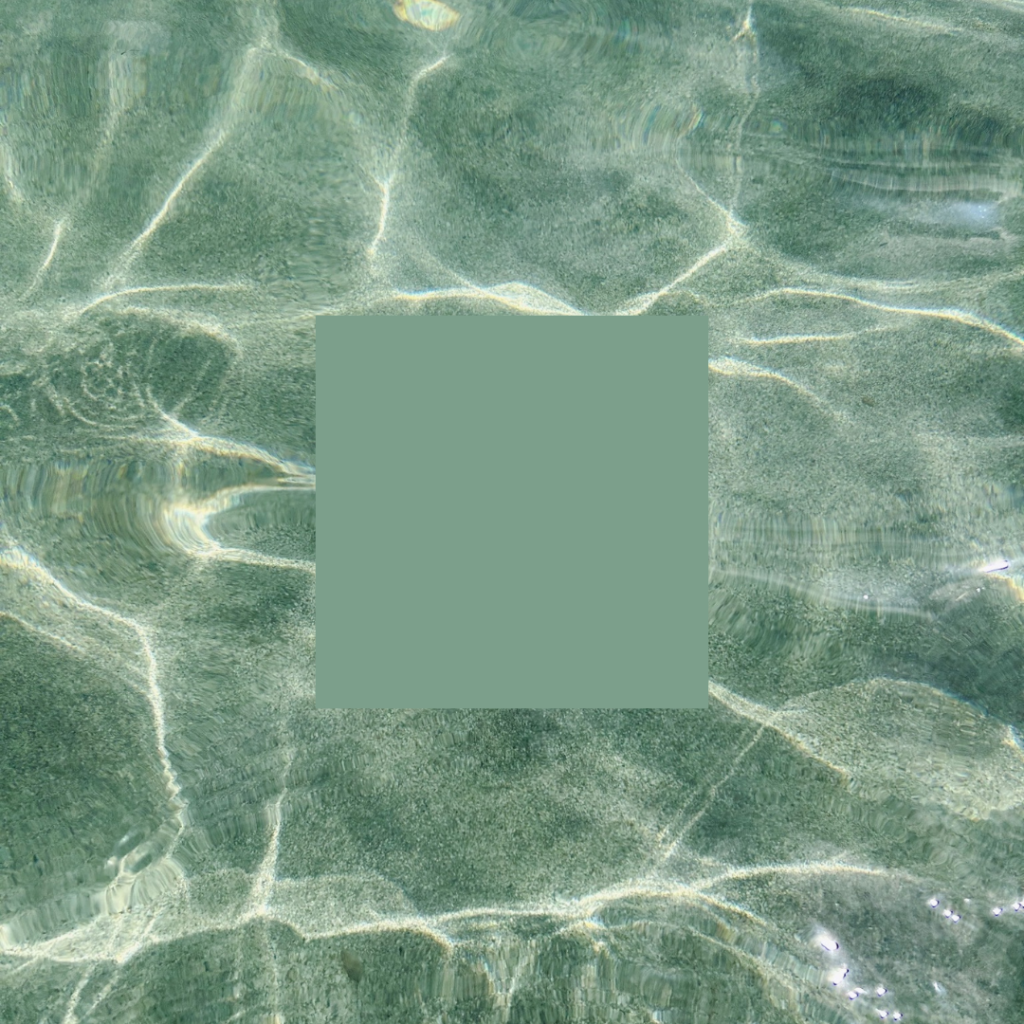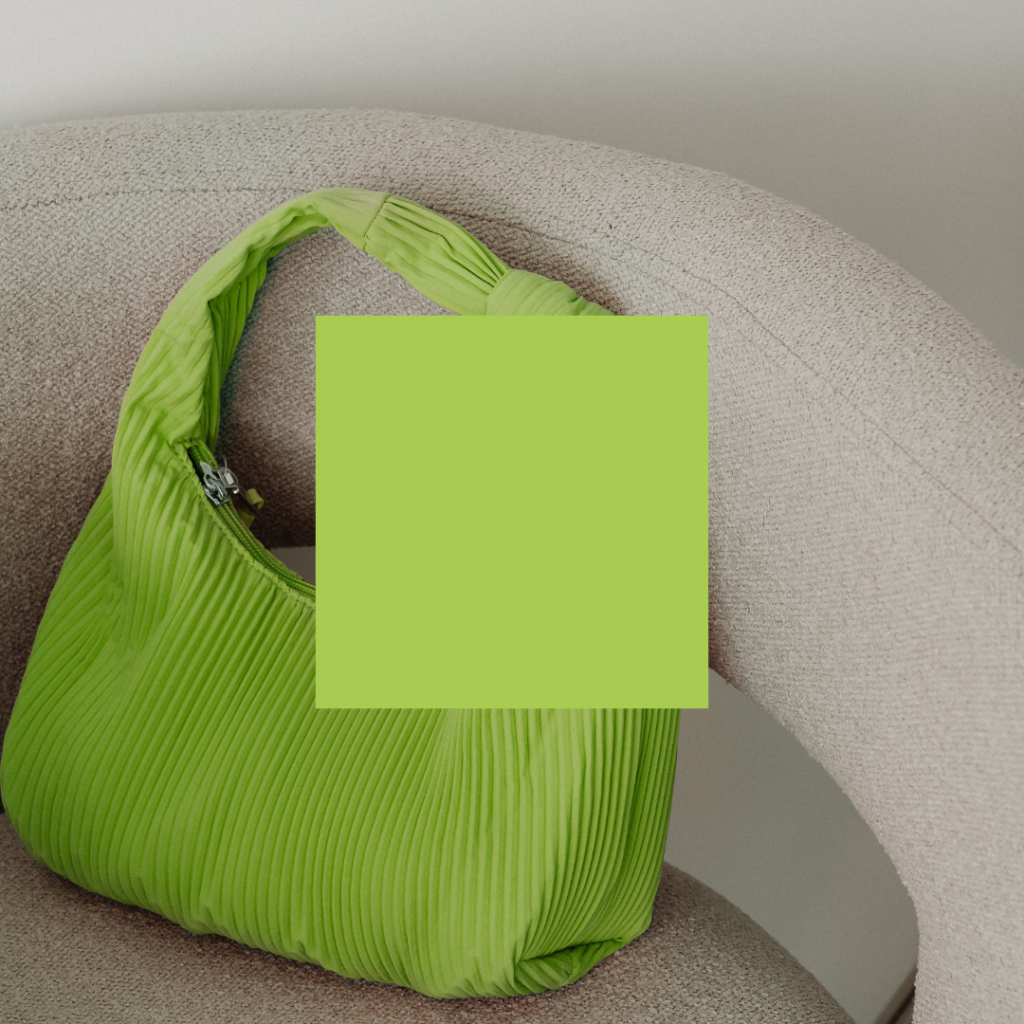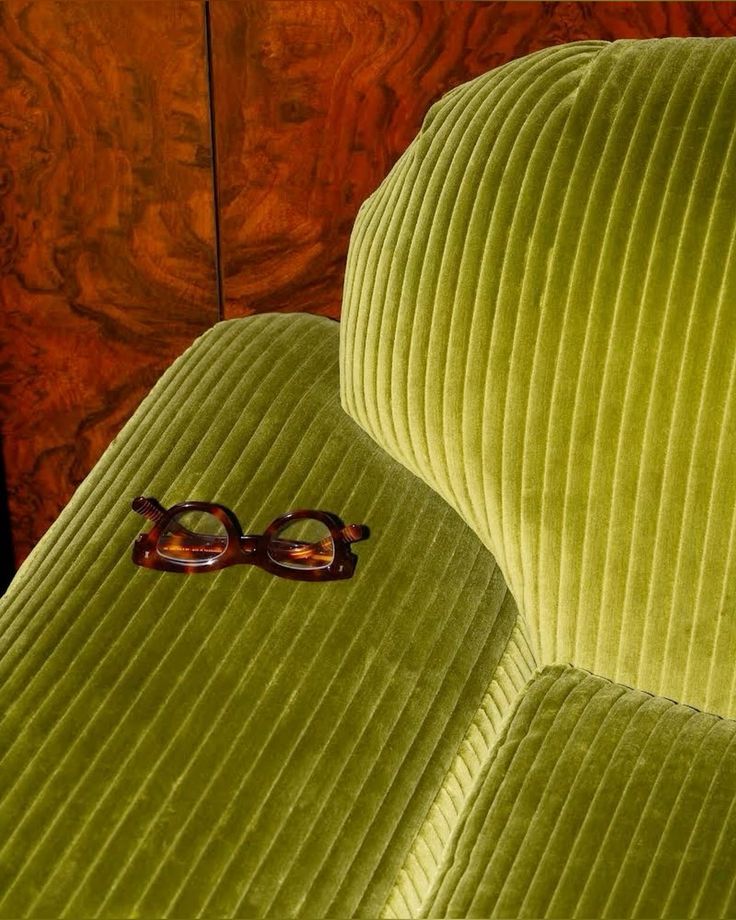Color Psychology in Branding: The Versatile Depth of Green
Green occupies a unique position in the color spectrum—bridging the warmth of yellow and the coolness of blue to create something distinctly balanced and harmonious. In branding, green is both a chameleon and a constant, capable of representing everything from financial stability to environmental consciousness.
When strategically employed, green conveys growth, health, and prosperity. When misapplied, it risks appearing artificial, clinical, or derivative. Understanding the nuances of this versatile color is essential for brands considering adding it to their visual identity.
Let’s explore green’s psychological impact, historical significance, the distinct personalities of its various shades, and determine whether this multifaceted hue aligns with your brand’s voice.
A Brief History of Green
Green’s cultural journey reflects humanity’s complex relationship with nature and innovation.
In ancient Egypt, green represented regeneration and rebirth, associated with the god Osiris and the fertile Nile valley. Malachite pigment adorned Egyptian tombs, symbolizing the promise of afterlife.
Medieval European culture cast green in contradictory roles—representing both love and fertility while simultaneously symbolizing the supernatural and devilish. The “Green Man” appeared in architecture as a symbol of seasonal renewal, while green clothing sometimes indicated mysterious or questionable characters.
The Renaissance period saw green emerge as a color of the aristocracy, particularly in Venice where vibrant emerald fabrics signaled wealth and position.
The Industrial Revolution brought synthetic green pigments—including the infamous arsenic-laden “Paris Green” that adorned Victorian wallpapers with deadly consequences. This period marked humanity’s growing ability to manipulate natural elements, sometimes with unintended results.
In the modern era, green has become the universal symbol of environmentalism, sustainability, and ecological awareness following the environmental movements of the 1960s and 70s. Simultaneously, green maintains its association with financial prosperity—appearing on currency worldwide and in financial institution branding.
This historical duality—representing both natural harmony and material wealth—gives green remarkable versatility in contemporary branding applications.
The Psychology of Green
Green occupies the central position in the visible spectrum, making it naturally balanced and restful for human vision. It triggers psychological associations with nature, growth, and stability.
Green evokes:
Balance and harmony – The midpoint between warm and cool colors
Growth and vitality – Connected to plant life and natural cycles
Stability and endurance – Suggesting reliability and permanence
Health and restoration – Associated with healing and wellness
However, green can also convey:
Artificiality or toxicity when rendered in unnatural, fluorescent tones
Blandness or conventionality if used without thoughtful application
Environmental clichés when employed without authentic commitment
Psychology of Green Shades

Emerald/Kelly Green
Vibrant, jewel-toned greens with remarkable depth and intensity.
Personality: Luxurious, prosperous, energetic
Ideal for: Luxury brands, financial institutions, premium products
Forest/Pine Green
Deep, rich green with blue undertones reminiscent of dense woodland.
Personality: Traditional, trustworthy, established
Ideal for: Heritage brands, educational institutions, professional services


Sage/Olive Green
Muted, sophisticated greens with gray or brown undertones.
Personality: Natural, organic, timeless
Ideal for: Wellness brands, sustainable products, home goods
Mint/Seafoam Green
Light, refreshing greens with blue undertones.
Personality: Fresh, youthful, soothing
Ideal for: Health products, beauty brands, innovative tech


Lime/Chartreuse Green
Bright, energetic greens with yellow undertones.
Personality: Vibrant, modern, unexpected
Ideal for: Sports brands, energy products, youth-oriented services
Green’s Strategic Advantage (and Potential Pitfall)
Green’s primary branding advantage lies in its exceptional versatility. Unlike many colors that carry narrow associations, green spans multiple positive concepts: nature, wealth, health, growth, and permission (“green light”).
This versatility allows brands to evolve their messaging without abandoning their color identity. A financial company using green can later emphasize sustainability initiatives without visual rebranding.
However, this same adaptability presents risks. Green has become the default choice for environmental claims—sometimes insincerely (known as “greenwashing”). Brands using green must ensure authentic alignment with their values to avoid consumer skepticism.
What Types of Brands Should Use Green?
Green is perfect for brands that want to appear:
Natural and sustainable – Environmental organizations, organic products, plant-based goods
Established and trustworthy – Financial services, insurance, educational institutions
Health-focused and restorative – Wellness products, pharmacies, natural remedies
Fresh and innovative – Tech startups with environmental missions, modern food brands
But it may not suit your brand if:
Luxury and exclusivity are primary differentiators (unless using rich emerald tones)
Energy and urgency are central to your messaging (consider warmer colors)
Disruptive innovation is your primary market position (green suggests evolution, not revolution)
Notable Brands That Use Green (And Why It Works)
Whole Foods Market
Deep green signifies the brand’s commitment to natural, organic products while maintaining a premium market position.
Starbucks
The forest green logo creates a sense of tradition and quality, while subtly connecting to the brand’s Pacific Northwest origins and coffee agriculture.
Spotify
The vibrant, energetic green distinguishes the platform in the tech space while conveying freshness and creativity—perfect for a music service constantly discovering new talent.
John Deere
The distinctive yellow-green combination is instantly recognizable, connecting to agriculture and the land while standing out from competitors.
BP (British Petroleum)
The brand’s transition to a green and yellow sunflower logo represents their stated commitment to environmental responsibility and sustainable energy development (though this has been criticized as potential greenwashing).
Should Your Brand Use Green?
If your brand values include growth, stability, health, or sustainability, green offers rich symbolic territory. Its psychological balance between excitement and calm makes it exceptionally versatile across industries.
The key to using green effectively lies in authenticity and shade selection. Choose tones that genuinely reflect your brand personality—from the traditional trustworthiness of forest green to the youthful energy of lime green.
Making Green Work For Your Brand
Implementing green successfully requires understanding both its universal associations and specific cultural interpretations. In Western contexts, green generally signifies positivity (with exceptions like envy). However, in some cultures, certain green shades carry negative associations.
Consider your green in various applications and lighting conditions. Digital greens may render differently across screens, while printed greens can vary significantly depending on paper type and printing method.
When paired thoughtfully with complementary colors and authentic brand messaging, green creates a visual identity that communicates growth, balance, and enduring relevance—qualities every brand aspires to embody. Want to know what other colors communicate, check out the color psychology overview blog post here.

instagram links page
Your Instagram bio page is prime real estate. So hit the backspace on that Linktree, and let's give your audience a memorable place to land (and stick around).